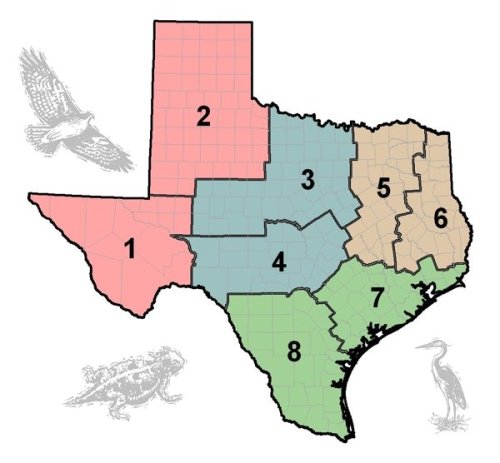Originally posted by GarGuy
View Post
Actually game cameras are these days...
Yes.... Top Of Texas is dead wrong.. I'll say that without hesitation after 30 plus years of studying deer jaws, and many of those jaws were on "known age" deer. Very rarely is it accurate... I was studying deer tooth wear back studying deer tooth wear wasn't cool... I am sure you have been studying them that long or longer..


Comment